Did you know? Now more and more people with flat feet are starting to choose "custom-made" functional insoles, and behind these seemingly ordinary insoles, there is actually a whole set of high-tech equipment!
Today we will reveal the two key roles - 3D plantar scanner and 3D printer, and see how they work together to create a flat foot exclusive insole that really fits the foot shape!
Flat feet: It takes more than just "raising it a little bit"
Flat feet are foot structure problems caused by arch collapse or dysplasia. Many people mistakenly think that "thickening the pad" can solve it, but it is not. Truly effective flat foot insoles emphasize precise support, reasonable force, and personality matching.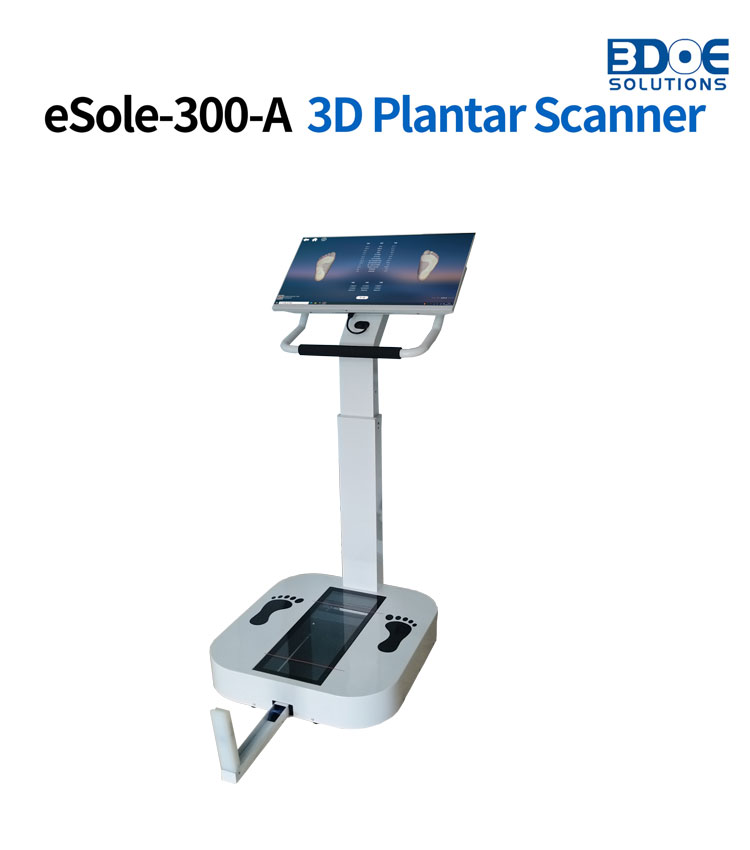
And this is inseparable from the precise participation of 3D technology.
Step 1: "See your feet clearly" with a 3D plantar scanner
The 3D plantar scanner is the "eye" in the process of customizing insoles. It uses laser or infrared scanning technology to perform a full-range non-contact scan of the sole of the foot, and can generate a three-dimensional foot model accurate to the millimeter level in a few seconds.
It can identify:
Arch height
Forefoot and heel structure
Differences between left and right feet
Ballux valgus or heel inversion
This "foot shape digital file" is the basis for personalized design, truly achieving "one person, one shape", which is faster and more accurate than manual measurement.
Step 2: Use software modeling and intelligently design support structure
After the scan is completed, the designer will import the sole data into professional modeling software, and combine the support needs of flat feet to personalize the insole design.
For example:
Raise the arch support structure under the collapsed arch
Design cushioning for the forefoot
Add a stable cushioning layer for heel inversion
Analyze standing posture and adjust the difference between left and right feet
This process is completely based on data, accurately matching the foot state, so that the insole is not only "wearable", but also "wearable for a long time and stable".
Step 3: Use a 3D printer to turn the model into a physical insole
After the design is completed, it is the turn of the 3D printer to "go on stage".
It uses a flexible polymer material with good elasticity and support. 3D printing technology prints insoles layer by layer according to the modeling results, ensuring that every millimeter of thickness, curvature, and support angle fits the foot shape.
Compared with traditional handmade insoles, 3D printed insoles have:
Higher precision
Shorter production cycle (fastest same-day delivery)
Lighter and more comfortable structure
Visually adjust the design plan
After printing, post-processing such as cutting, wrapping, and laminating will be performed as needed to ensure that the final product is natural and comfortable to wear.
Why is this equipment a "golden partner"?
3D foot scanner + 3D printer = a technological closed loop of personalized insoles.
Scanner solves "how to measure"
Modeling software solves "how to design"
3D printer solves "how to do"
From foot to insole, the whole process is digitized, which not only improves efficiency, reduces errors, but also significantly improves user satisfaction.

 +86-0755-86131192
+86-0755-86131192 2025-05-27
2025-05-27 Back to list
Back to list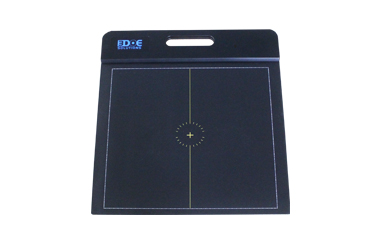
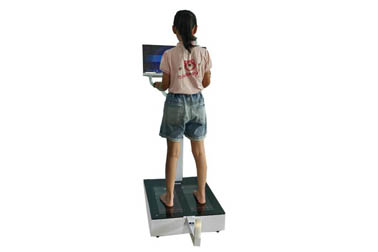
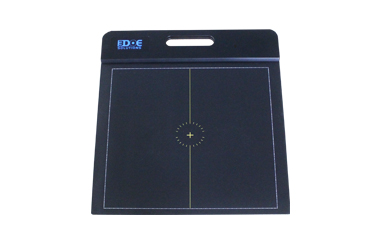
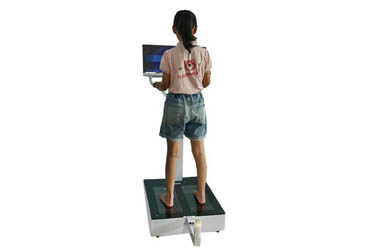
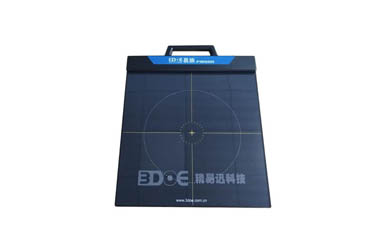
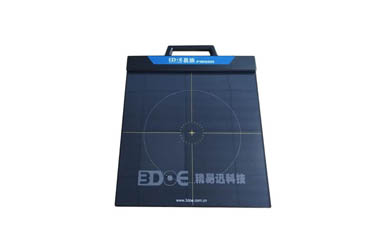



 +86-0755-86131192
+86-0755-86131192